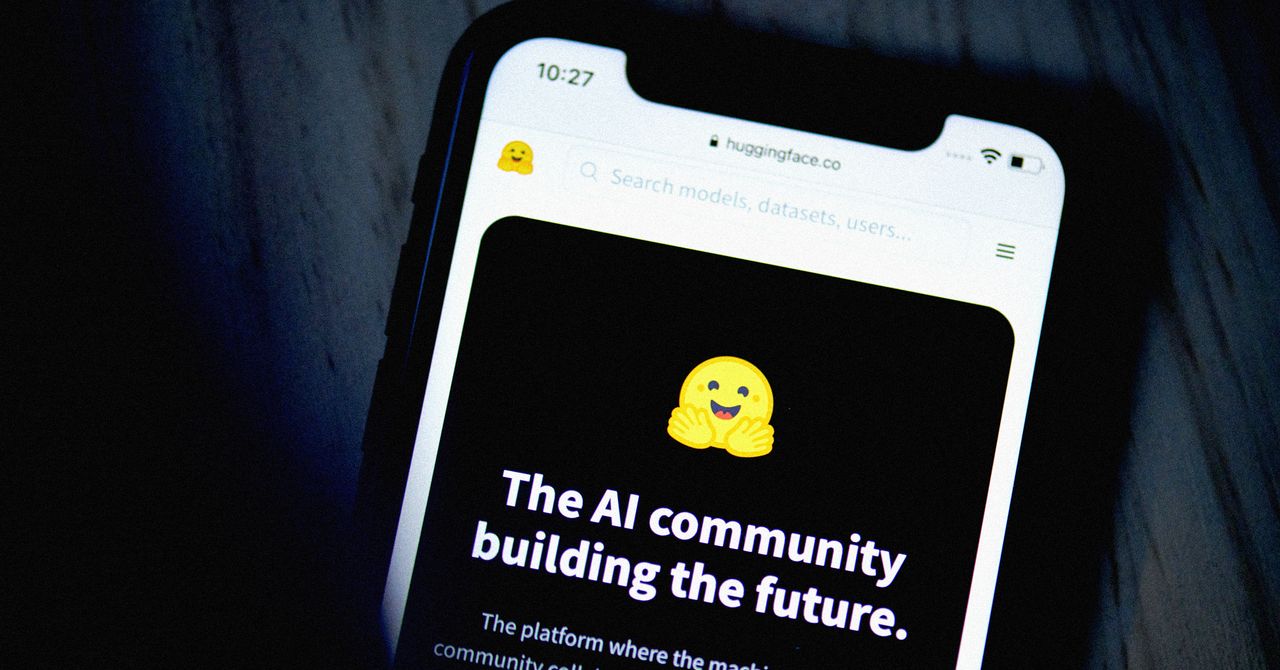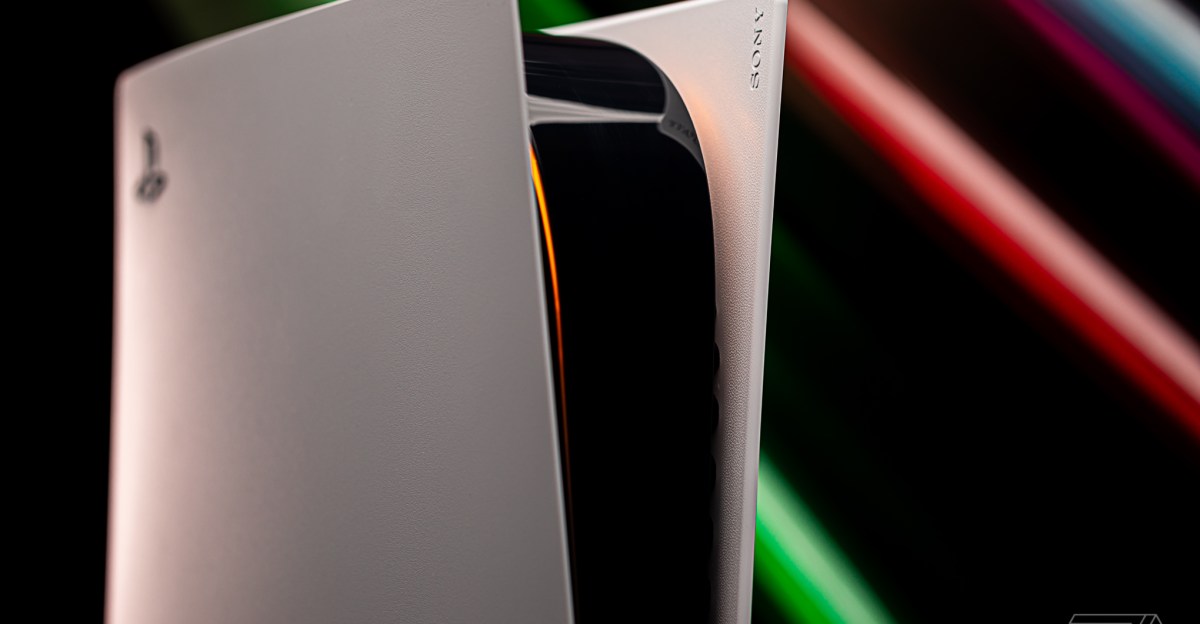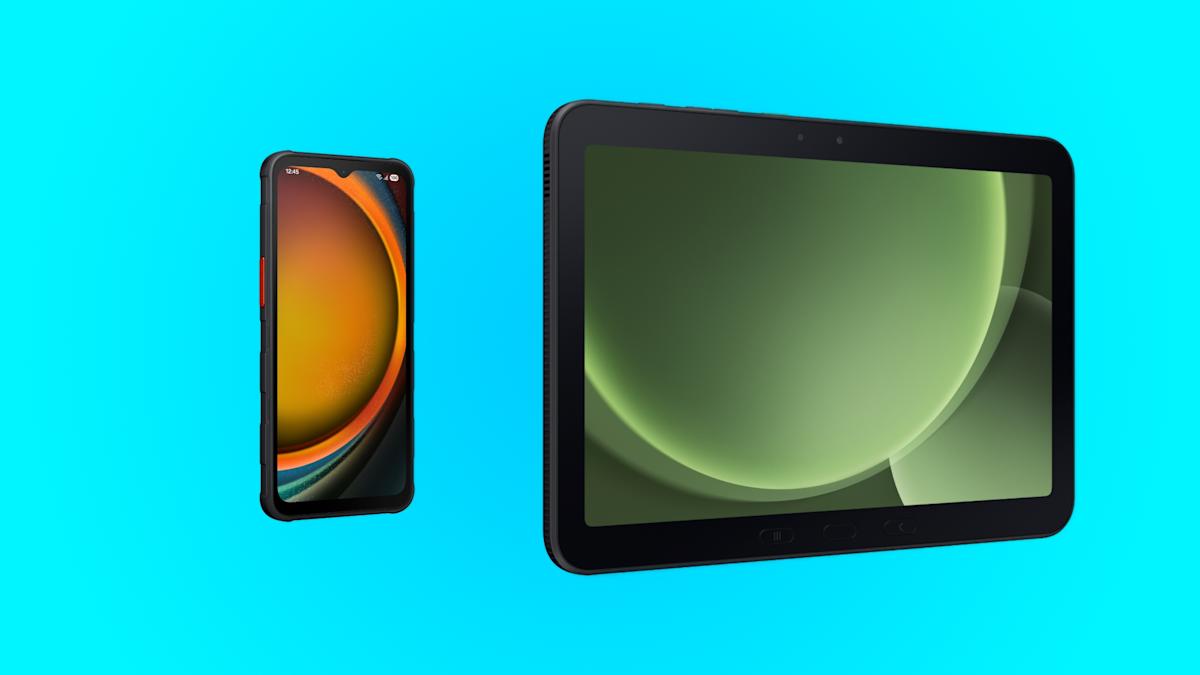
A free software pioneer seeks to liberate open-source artificial intelligence robots.
Hugging Face has acquired the open-source robotics startup Pollen Robotics with the goal of "democratizing" robotics.
Hugging Face has announced the acquisition of Pollen Robotics, a French startup known for its humanoid robot called Reachy 2, which is characterized by its unusual appearance and articulated arms. Hugging Face's intention is to commercialize this robot, allowing developers to access, modify, and improve its code. Clément Delangue, CEO of Hugging Face, emphasizes the importance of robotics operating with an open-source approach, noting that trust and transparency are essential when it comes to physical objects that interact in homes and workplaces.
In the videos published by Pollen Robotics, Reachy 2 can be seen performing tasks such as organizing coffee cups and picking fruits. Matthieu Lapeyre, co-founder and CEO of Pollen Robotics, mentioned that several leading companies in artificial intelligence use Reachy 2 to research robotic manipulation, although he cannot reveal their identities due to confidentiality agreements. The long-term goal is for these versions of the robot to be used in people's homes.
Lapeyre also acknowledges that selling humanoid robots presents challenges due to uncertainty in use cases and the reliability of systems, although some businesses have begun to do so successfully. Currently, much of the technological development in this field is in the hands of well-funded companies like Tesla, Figure, and Agility Robotics, and its partnership with Hugging Face aims to democratize access to robotics.
The models and tools of artificial intelligence that researchers use are often open-source, making them easier to access for free and modify. In the field of robotics, making the hardware open-source involves sharing designs and details that allow for more accessible manufacturing of components. The availability of advanced AI models has enabled researchers and startups to experiment and adjust the code, which Delangue believes is also necessary in robotics.
Lapeyre adds that the open-source approach to hardware allows developers to replicate damaged parts and improve them, thus fostering innovation. The recent surge in artificial intelligence has renewed interest in robotics, as new models are helping to advance the capabilities of robotic systems. Some researchers believe that for AI to reach or surpass human intelligence, a physical component will be necessary to facilitate its understanding of the real world.
Despite the enthusiasm for humanoid robots, experts caution that demonstrations can often be misleading, and some systems may fail under changing conditions. Delangue argues that the transparency of open-source will benefit progress in this field, as it makes it harder to hide errors or challenges.
Hugging Face already has open-source robotics code, and the use of this platform has significantly increased over the past year, reflecting the growing interest in robotics. Some researchers in academia support this approach, arguing that it facilitates technological advancement. Sergey Levine, an assistant professor at the University of California, Berkeley, highlights that his startup, Physical Intelligence, has also adopted this model, promising significant improvements in robotics.
The trend towards open-source seems to be gaining momentum in the AI industry. Meta, for example, was one of the first major companies to offer a cutting-edge open-source model with the launch of Llama in 2023. Other similar models have followed, and recently, OpenAI has also announced its intention to release an open-source model in the near future.




